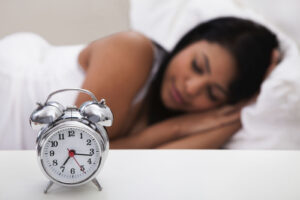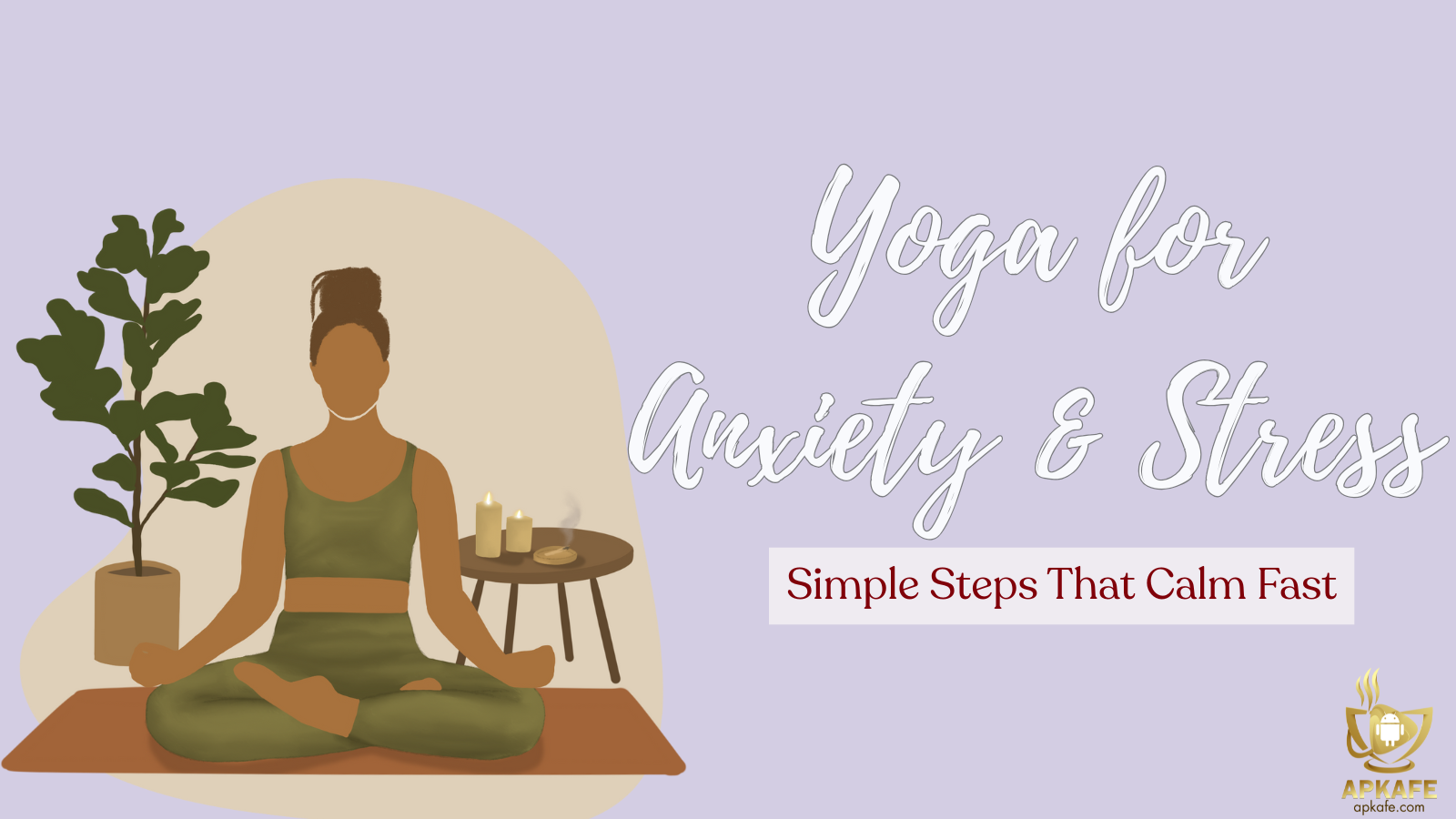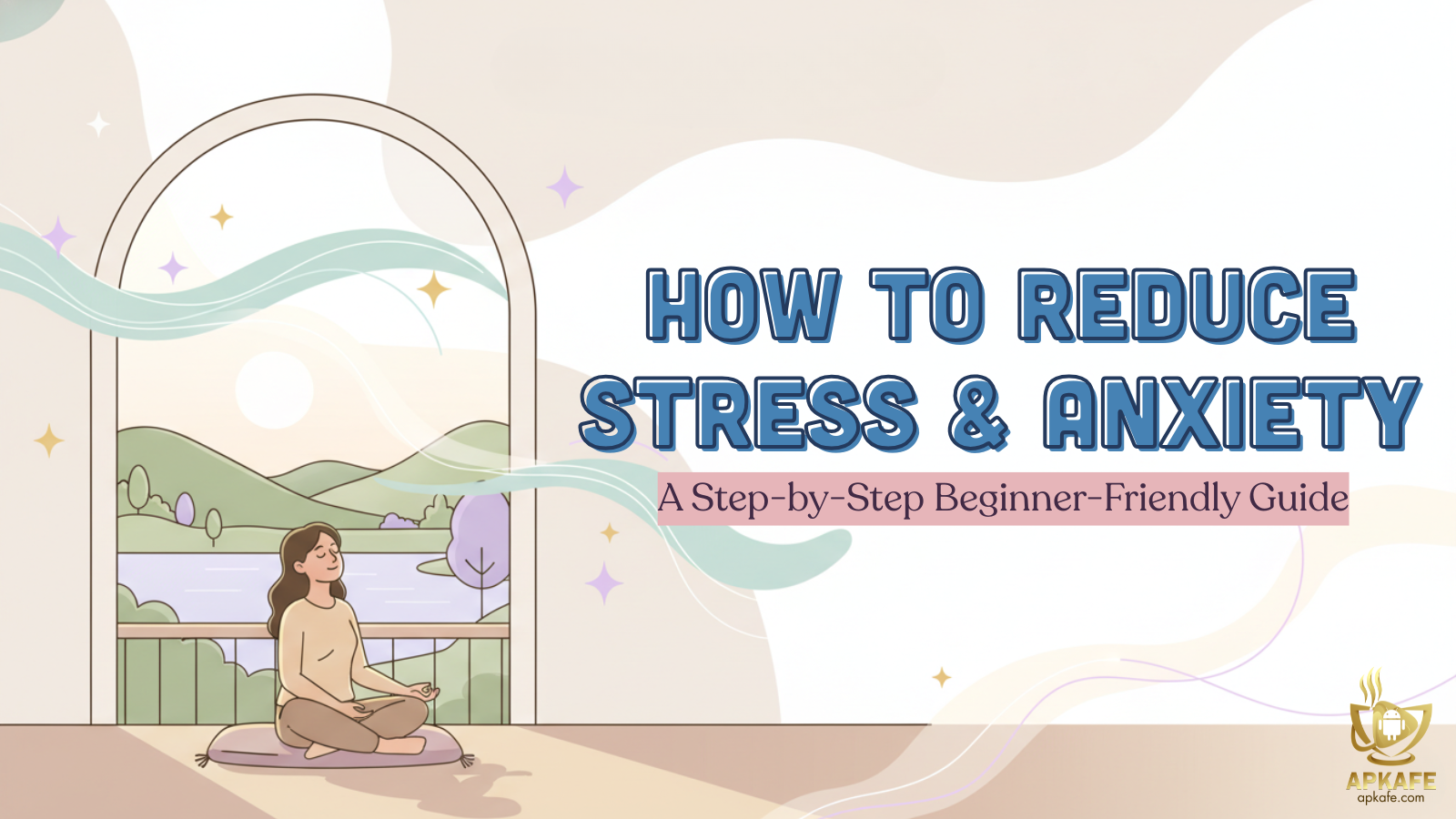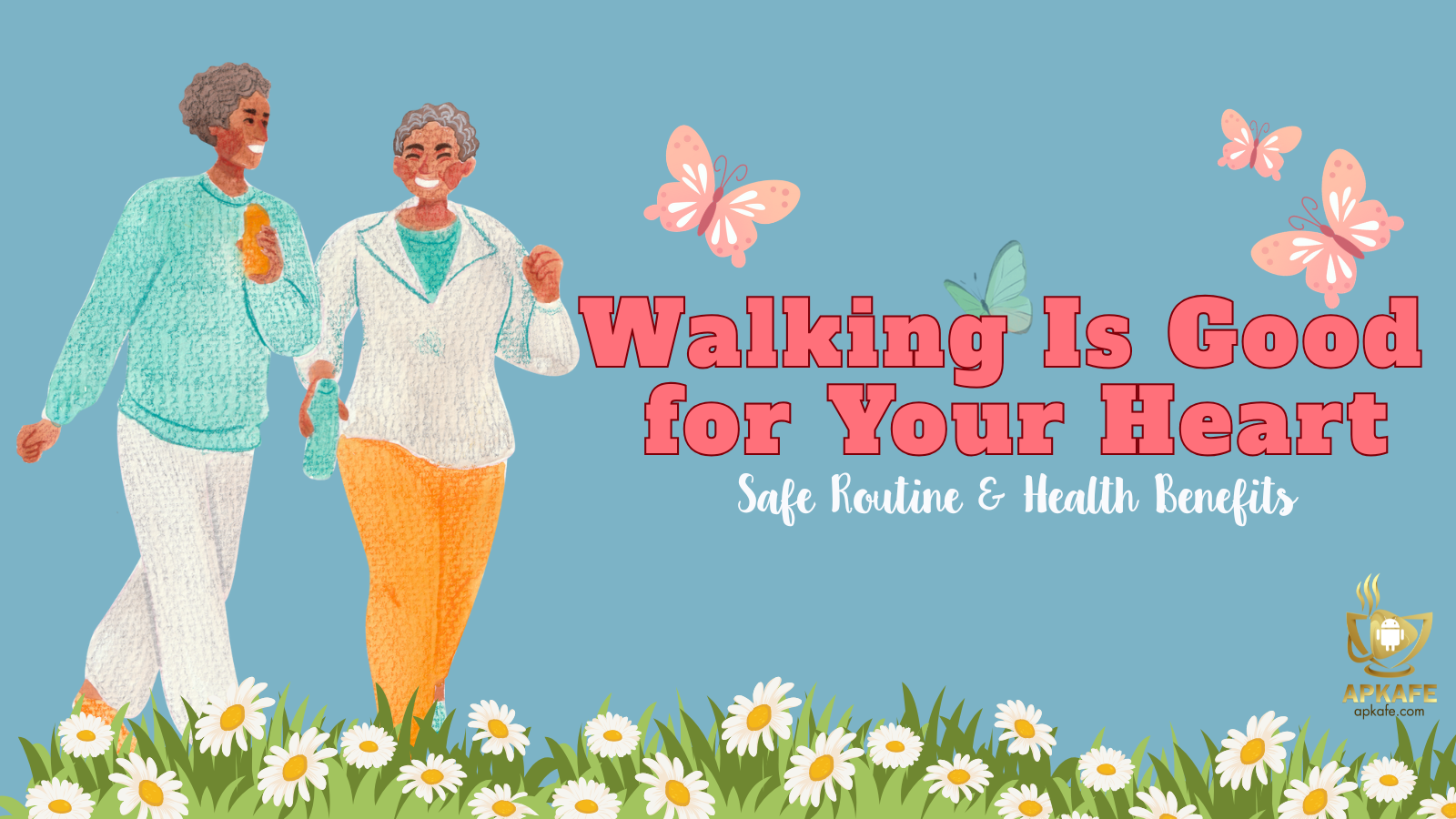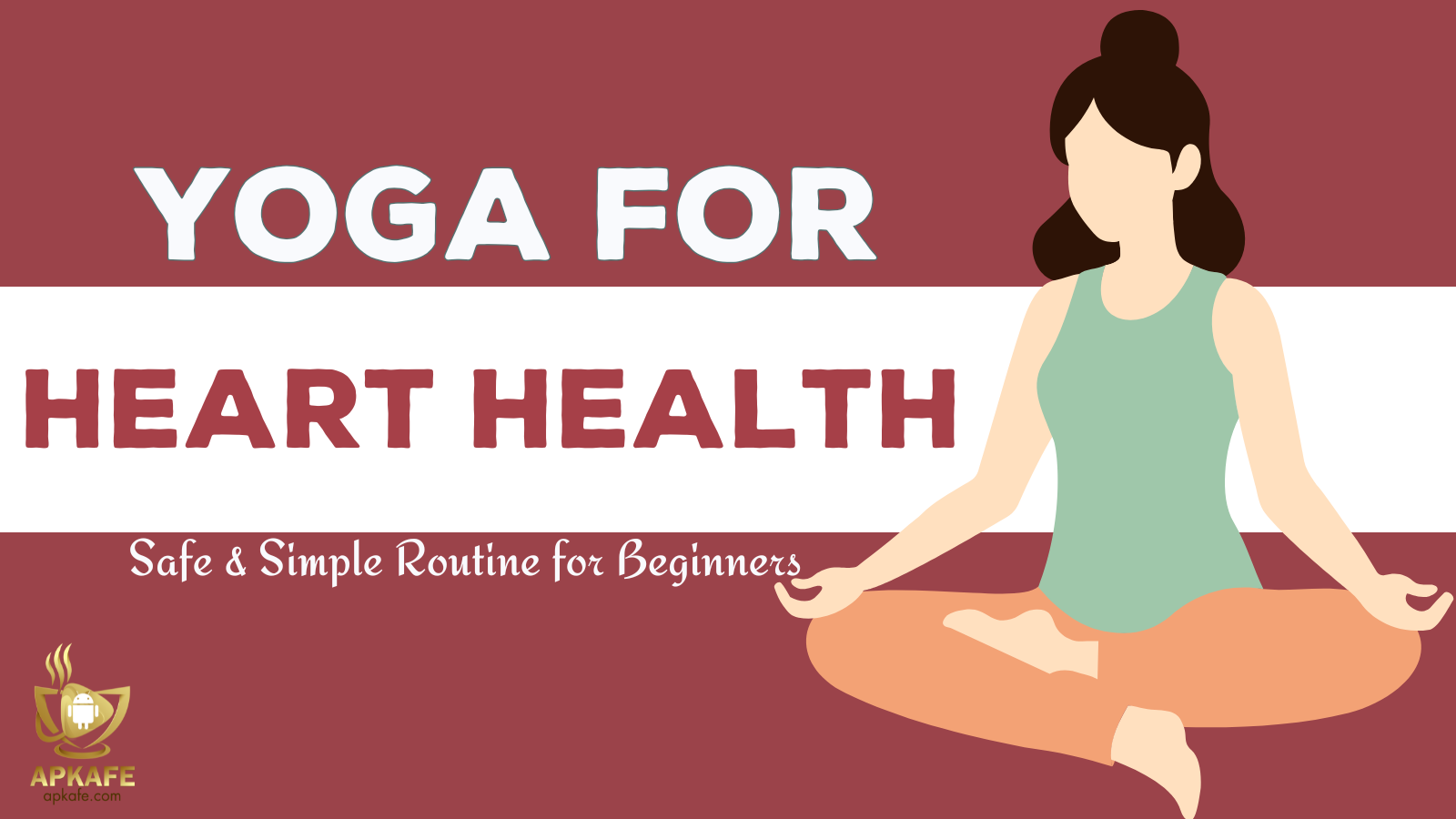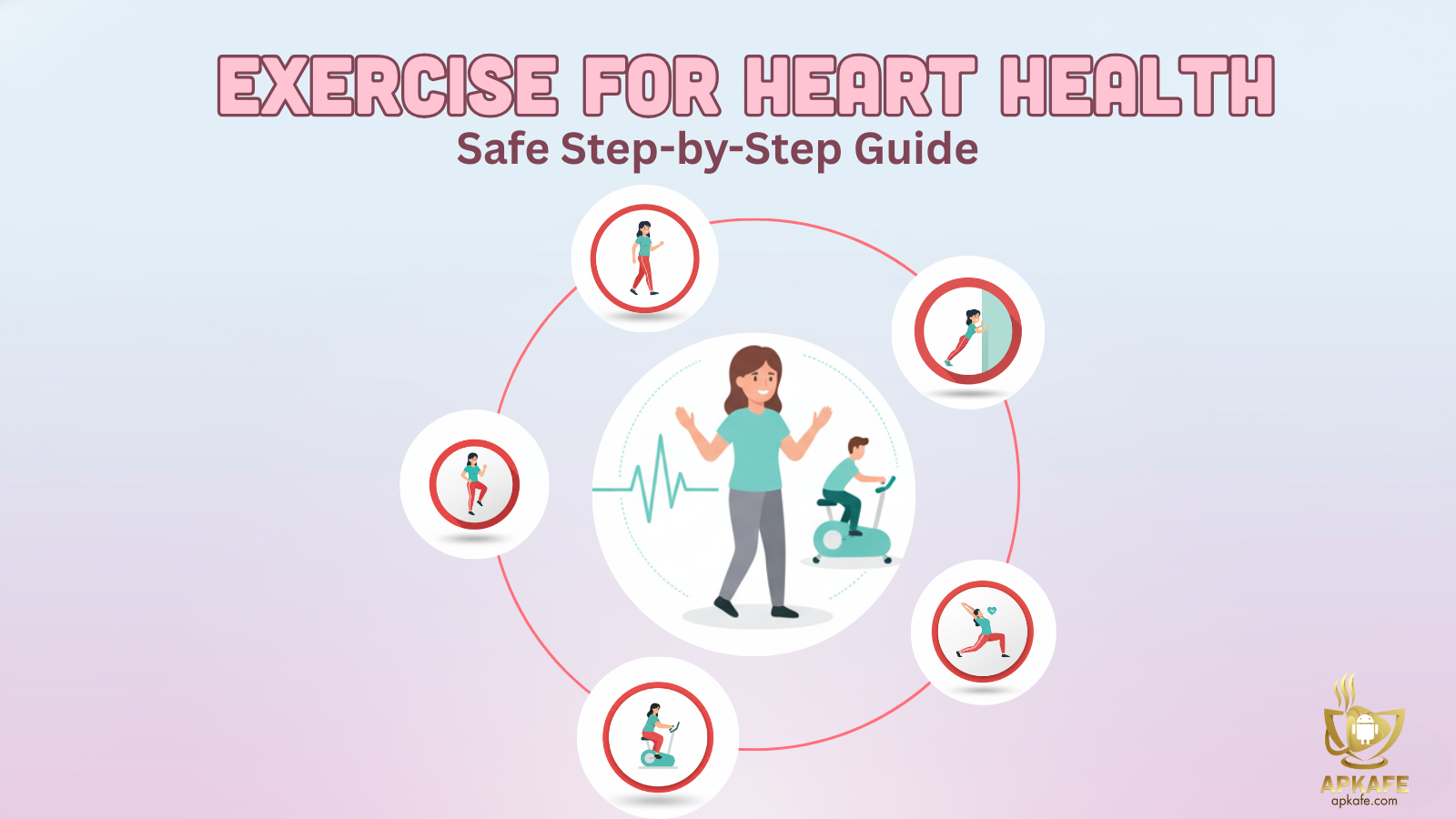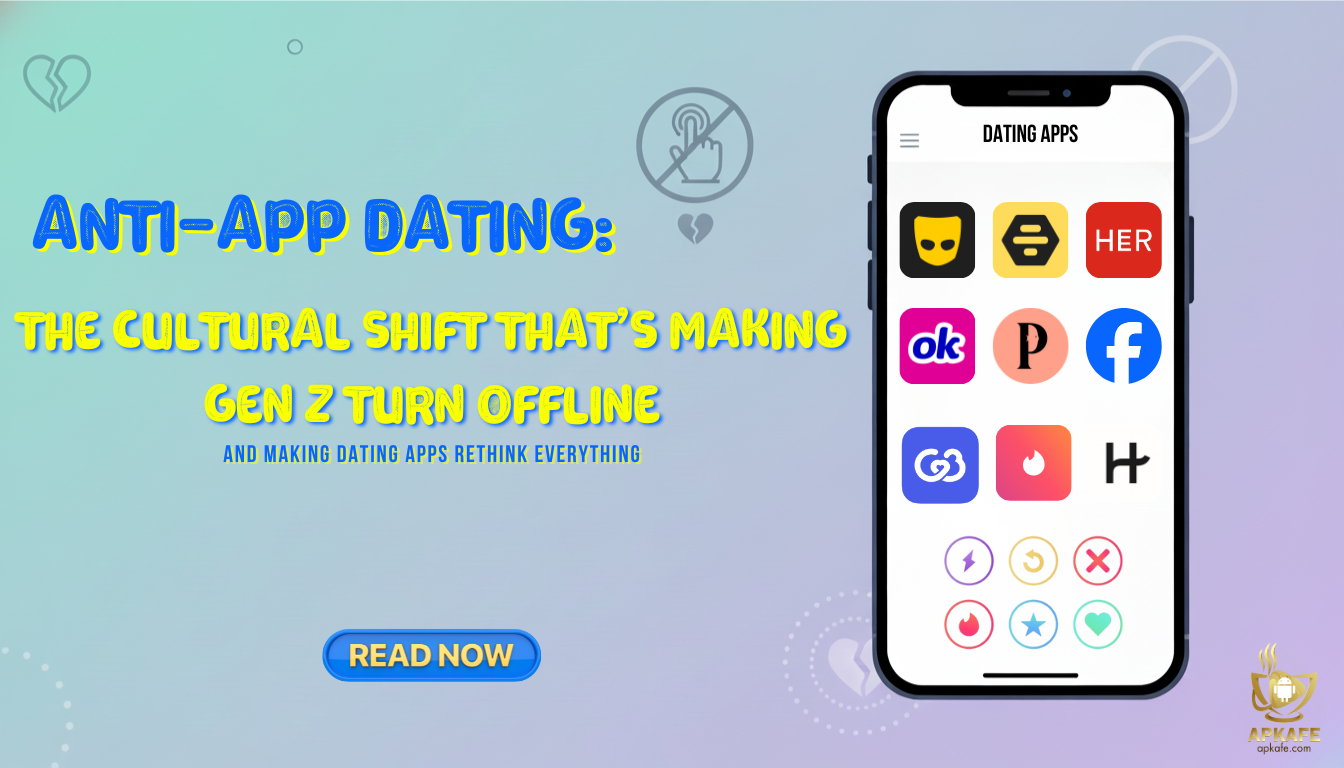How to Get Sleep Better: Step-by-Step with BetterSleep App
“By the end of this guide, you’ll learn one nightly habit that can reset your sleep rhythm — and it’s easier than turning off your phone.” Falling asleep shouldn’t feel like a battle, yet for many adults, it’s the hardest part of the day. Between late-night scrolling, caffeine habits, and racing thoughts, our internal clocks lose sync. This guide breaks down how to get better sleep step-by-step, combining science-backed methods, lifestyle insights, and the supportive technology of the BetterSleep app. You’ll learn how to prepare your mind and environment for rest, use digital tools wisely, and keep your data safe while tracking progress. Whether you’re a busy professional, student, or parent, each section offers practical micro-tips you can apply tonight — no pills, no guesswork.
Why Sleep Quality Matters
“One hour of missed sleep can affect your focus, hormones, and even decision-making the next day — here’s why.”
Sleep is more than rest; it’s your body’s nightly reset button. During deep sleep, tissues repair, growth hormones are released, and your brain consolidates memory. Missing these cycles doesn’t just make you tired — it disturbs your metabolism, immunity, and emotional balance.
According to the CDC, adults need 7–9 hours of sleep for optimal performance. But quality matters more than duration: fragmented sleep can impair reaction time as much as mild intoxication. Apps like BetterSleep help visualize how long you truly rest in deep and REM phases, turning invisible fatigue into trackable data.
High-quality sleep reduces stress hormones like cortisol, improves glucose regulation, and boosts mental clarity. In short — better nights mean better mornings, better focus, and better health.
Tips for Better Sleep
Now that you understand why sleep quality matters, it’s time to turn knowledge into action.
Science shows that the path to deeper rest starts long before your head hits the pillow — it’s built through consistent behaviors, mindful routines, and the right digital tools.
In the next steps, we’ll walk through eight practical, science-backed ways to sleep better, each paired with real-world scenarios and quick actions inside the BetterSleep app. Whether you’re fighting late-night screen time, stress, or an irregular schedule, these small improvements compound into long-term recovery and clarity.
You don’t need to change everything overnight — start with one or two habits tonight, and track your progress with BetterSleep’s gentle insights. Let’s begin.
Step 1: Set a Consistent Sleep Schedule (Circadian Reset)
The simplest way to fix your sleep might be to stop snoozing.
Your body runs on a 24-hour circadian rhythm controlled by light exposure and habit. Sleeping and waking at the same time each day trains your brain to release melatonin naturally. Use BetterSleep’s bedtime reminder to automate this, and sync your alarm with sunrise if possible.
Morning sunlight for 15 minutes helps suppress residual melatonin, improving alertness. Avoid irregular weekend sleep-ins — they create “social jet lag.”
Pitfall: Oversleeping on weekends confuses your internal clock.
Pro Tip: Shift bedtime 15 minutes earlier every few days until stable.
Privacy Cue: Enable “Bedtime Mode” notifications only.
Step 2: Optimize Your Sleep Environment
Your room is talking to your brain — but is it whispering ‘sleep’ or shouting ‘stay awake’?
Your brain associates your environment with behavior. Dim light and cooler temperatures (65–70°F) cue your nervous system to wind down. Use BetterSleep’s ambient soundscapes — such as rain or ocean waves — to mask disruptive background noise.
Remove clutter, cover LEDs, and reserve your bed for sleep, not screens. If possible, choose breathable sheets and a supportive pillow to align the spine.
Pitfall: Bright devices and clutter stimulate wakefulness.
Pro Tip: Try aromatherapy — lavender or chamomile oils support relaxation.
Privacy Cue: Turn off location permission if weather sync isn’t needed.
Step 3: Track Your Sleep Patterns with BetterSleep
You can’t improve what you don’t measure — and your tracker shows what your eyes can’t.
Sleep tracking helps reveal patterns: how long you stay in deep or REM sleep, and how often you wake unconsciously. Activate BetterSleep’s motion and sound tracking, and keep your device on a nearby surface (not under your pillow). For higher accuracy, connect it to your smartwatch or wearable.
Use the app’s weekly report to visualize improvement trends — consistency matters more than single-night data.
Pitfall: Overanalyzing nightly fluctuations increases anxiety.
Pro Tip: Focus on 7-day averages, not perfect numbers.
Privacy Cue: Use airplane mode to reduce background data transfer.
Step 4: Calm Your Mind Before Bed
If your thoughts keep racing, give your brain a quieter task.
Mental noise is the #1 enemy of deep sleep. Spend 10 minutes practicing guided meditation or breathing using BetterSleep’s “Calm Mind” program. Deep, rhythmic breathing activates your parasympathetic system — lowering heart rate and signaling it’s time to rest.
If intrusive thoughts arise, jot them down, then return to your breath. Avoid doomscrolling — it spikes dopamine and delays sleep onset.
Pitfall: Trying to “force sleep” only fuels anxiety.
Pro Tip: Use the 4-7-8 method — inhale 4s, hold 7s, exhale 8s.
Privacy Cue: Disable microphone when not using snore detection.
Step 5: Limit Stimulants and Late Meals
Your last coffee might be the reason you wake at 2 a.m.
Caffeine blocks adenosine — your brain’s sleep chemical — for up to 8 hours. Stop coffee or energy drinks after 2 p.m. Choose balanced meals rich in tryptophan and magnesium (bananas, oats, yogurt). BetterSleep’s evening reminder can cue you when to stop caffeine.
Avoid heavy or spicy dinners which trigger acid reflux, disrupting REM sleep.
Pitfall: “Midnight snacks” or alcohol cause restless tossing.
Pro Tip: Herbal teas like valerian root can support melatonin naturally.
Privacy Cue: N/A (behavioral change).
Step 6: Create a Tech Curfew
Your phone emits light — and signals — that keep your brain awake.
Blue light reduces melatonin for hours. Stop using screens at least 60 minutes before bed. If you must, use BetterSleep’s Dark Mode or your phone’s “Bedtime” feature.
Avoid checking work messages; they trigger stress hormones like cortisol. Replace the habit with analog journaling or light stretching.
Pitfall: “Just five more minutes” becomes an hour.
Pro Tip: Place your phone in another room to resist temptation.
Privacy Cue: Turn off data sync during curfew to block notifications.
Step 7: Use Sound Therapy Wisely
Sometimes silence is too loud — the right sound can be your lullaby.
Soundscapes help your brain associate specific tones with rest. BetterSleep offers curated mixes — ocean, rain, white noise, and binaural beats. Test a few, then stick to one consistent track for conditioning.
Avoid excessive layers or volume. If sharing a bed, use earbuds with a fade-out timer.
Pitfall: Overly stimulating sounds delay relaxation.
Pro Tip: Pair sound therapy with deep breathing for maximum calm.
Privacy Cue: Check microphone permissions monthly.
Step 8: Review and Adjust Weekly
Better sleep isn’t about perfection — it’s about progress you can measure.
At week’s end, open BetterSleep Insights to compare averages: bedtime, deep-sleep %, and wake frequency. Patterns matter more than any single night.
If you’re still tired, look for triggers — caffeine, late workouts, or stress. Small tweaks compound over time.
Pitfall: Expecting instant transformation.
Pro Tip: Celebrate gradual improvements — 15 extra minutes of deep sleep per week is success.
Privacy Cue: Export anonymized data if sharing with a doctor.
Common Pitfalls & Pro Tips
| Mistake | Why It Hurts | Pro Tip |
|---|---|---|
| Inconsistent schedule | Confuses circadian rhythm | Stick to ±30 min bedtime |
| Overusing caffeine | Blocks melatonin | Switch to herbal tea |
| Scrolling in bed | Keeps brain alert | Activate app lock timers |
| Ignoring noise/light | Reduces deep sleep | Use white noise + blackout curtains |
| Tracking obsession | Creates anxiety | Focus on weekly trends |
Privacy & Data Checklist
- Review app permissions monthly (mic, motion, Bluetooth).
- Disable GPS unless using weather sync.
- Avoid public Wi-Fi before syncing data.
- Use local backup, not cloud.
- Revoke unused permissions quarterly.
- Protect logs with biometrics.
Matthew Walker’s 6 Science-Backed Tips for Better Sleep
In the TED series Sleeping with Science, neuroscientist Matthew Walker shares six science-backed tips for better sleep. First, maintain regularity—go to bed and wake up at the same time every day to stabilize your body’s internal clock. Second, keep your bedroom cool, around 65°F (18°C), as a lower body temperature helps you fall asleep faster. Third, embrace darkness by dimming lights and avoiding screens before bed to trigger melatonin production. Fourth, don’t stay awake in bed too long—if you can’t sleep after 25 minutes, get up and do something calming until you feel sleepy again. Fifth, avoid caffeine and alcohol in the afternoon and evening, as both can disrupt sleep quality. Lastly, create a wind-down routine—treat sleep like landing a plane, giving your brain time to slow down through relaxing activities. He concludes that sleep is a vital life-support system, not a luxury, and should be treated with care.
FAQs
- How many hours of sleep do adults need? 7–9 hours, with consistent timing.
- Can BetterSleep improve deep sleep? Yes, with consistent use and better routines.
- Are sleep apps accurate? They estimate trends — use them as guides, not diagnostics.
- Why am I still tired after 8 hours? Check deep-sleep ratio, caffeine, and stress.
- Are sleep apps safe? Yes, when you manage permissions responsibly.
- How long will it take to see results? Most users report improvement within 7–14 days.
User Reviews


